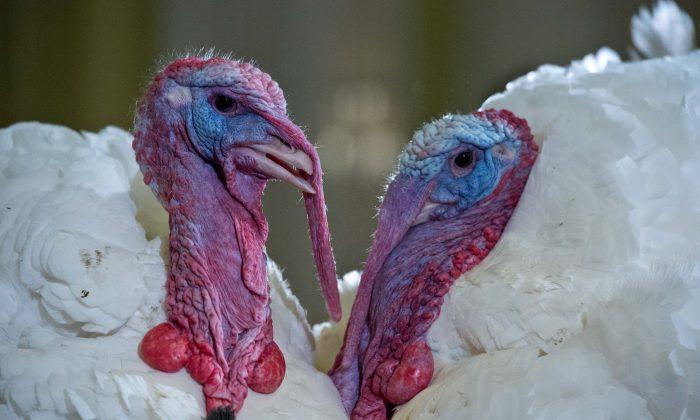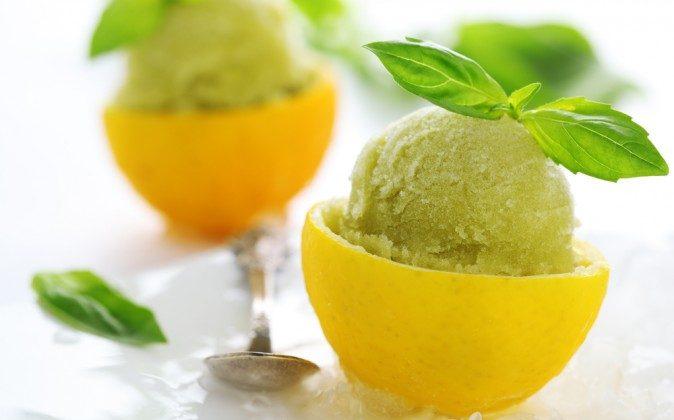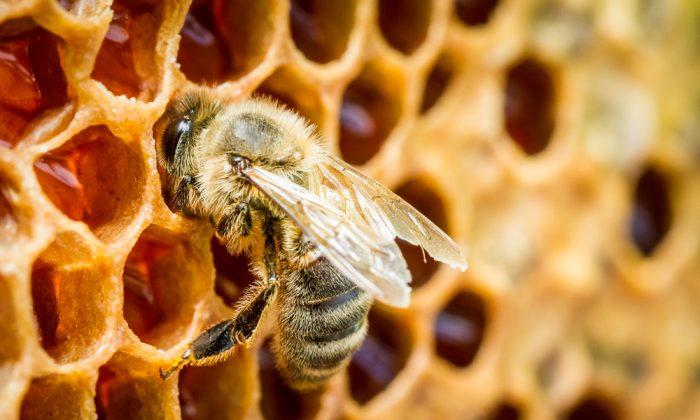Ideally, this Thanksgiving you are ordering your organic, free-range turkey from your local farmer. It doesn’t get any better than that does it? Actually, it does.
Farmers markets are now featuring “Heritage Turkeys“ for those wanting an even more authentic Thanksgiving dinner.
According to the American Livestock Breeds Conservancy, there are 8 varieties of Heritage Turkeys which are descended from the original birds indigenous to the Americas. The varieties are Black, Bronze, Narragansett, White Holland, Slate, Bourbon Red, Beltsville Small White and Royal Palm. Most non-heritage turkeys sold for Thanksgiving are the Broad Breasted White variety.
The American Livestock Breeds Conservancy is a nonprofit membership organization whose mission is to protect over 180 breeds of livestock and poultry from extinction. Heritage breeds can be found among asses, cattle, goats, horses, sheep, pigs, rabbits, chickens, ducks, geese, and turkeys.
For a Turkey to Qualify as ‘Heritage’ It Must Meet All of the Following Criteria

- Naturally mating: The turkey must be descended from both grandparents and parents who mated the old-fashioned way.
- Long productive outdoor lifespan: The Heritage Turkey must have a long productive lifespan. Breeding hens are commonly productive for 5-7 years and breeding toms for 3-5 years. The turkeys have to be genetically able to survive in a natural outdoor environment.
- Slow growth rate: The Heritage Turkey must have a slow to moderate rate of growth to allow them time to mature naturally.
Most turkeys sold for Thanksgiving are mass produced and specially treated with hormones and antibiotics to bring them to market in a very short 15 weeks after birth. If you’ve seen the film Food, Inc., you’ve seen in graphic detail the results of those production methods, including crippled birds. Unlike the overwhelming majority of commercially raised turkeys, Heritage Turkeys reach a marketable weight in about 28 weeks, giving the birds time to develop their skeletal structure prior to building muscle mass.
What’s the Benefit of Buying a Heritage Turkey?
According to Heritage Foods USA, buying Heritage Turkeys supports “a network of independent growers, preserving endangered lines of turkey breeds that you must eat in order to save, and ensuring humane animal treatment.”
How Do Heritage Turkeys Stack up to the Butterballs in the Taste Department?

Bon Appetit chose them as the best bird in their turkey buying guide, and describes the flavor as deeper and more intense with a firmer texture. Because they are leaner and smaller, the recommended cooking method is at higher temperatures for a shorter time rather than slow roasting.
Not surprisingly, the price for Heritage Turkeys is significantly higher than what you pay at the supermarket but, if you can afford it, they’re well worth the cost.
To find a source for Heritage Turkeys near you check out LocalHarvest.com.
And don’t forget to enjoy a nice glass of red wine with your turkey. One lab study showed that rats fed red wine concentrate with their turkey showed less harmful oxidative stress than those eating just the turkey. Scientists explained that the polyphenols in the red wine counteracted oxidized fat in the meat.
So pop the cork on a bottle of red wine to enjoy with your Thanksgiving turkey. After all, why should the rats have all the fun?
This article was originally published on GreenMedInfo.com. Join their free GreenMedInfo.com newsletter






Friends Read Free